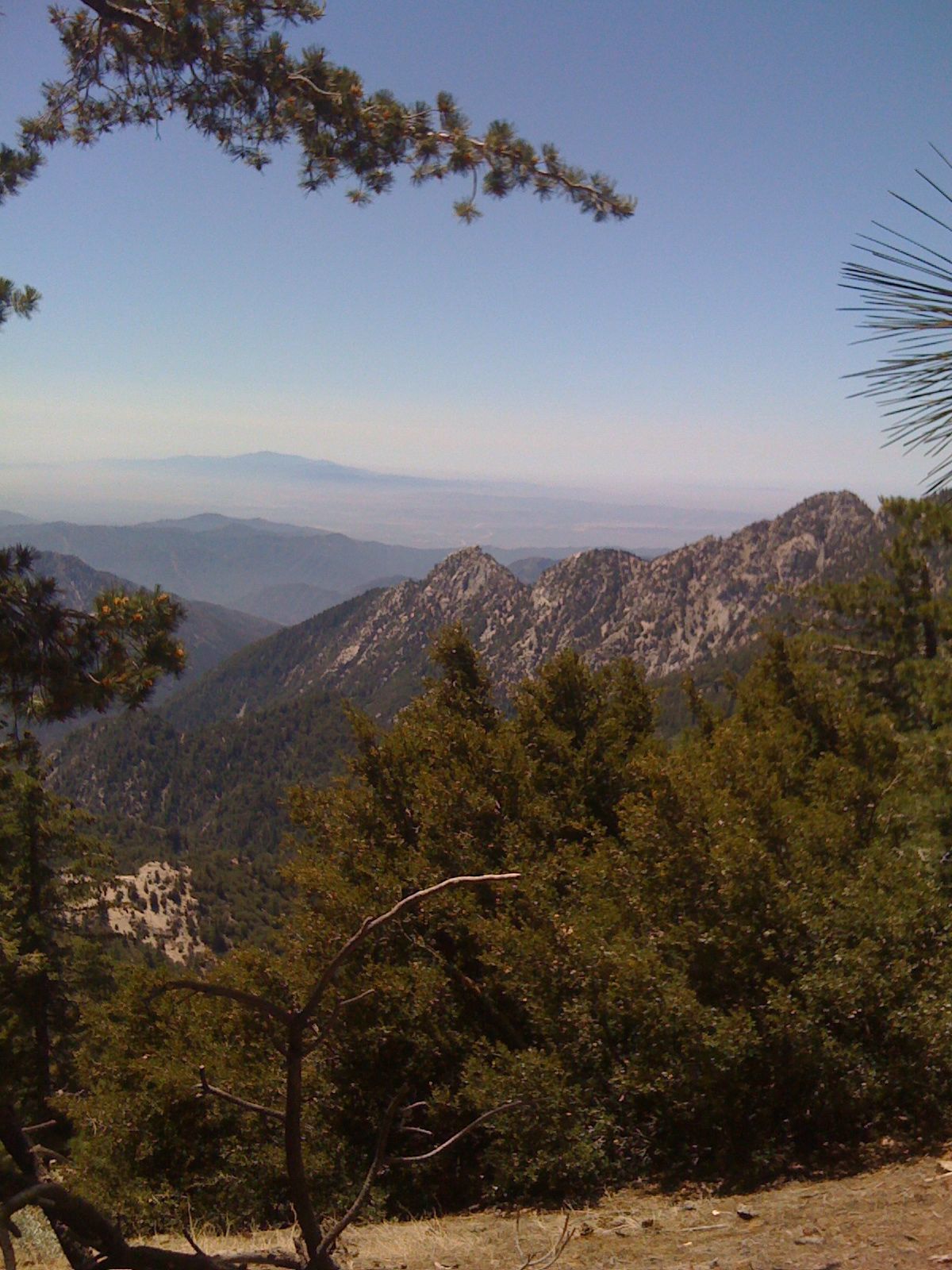In the spring of 2013 the National Forest Foundation and Angeles National Forest led a workshop focused on integrating principles of sound resource and recreation management. Big Tujunga Canyon, only 25 miles north of central Los Angeles, was heavily impacted in the 2009 Station Fire with all of its recreation sites closed and/or completely destroyed by the mega fire. Many of the one million plus visitors to the Canyon each year were frustrated, saddened and even angry about the closures, some even pressured the Forest Service to quickly re-open the sites.

A curious thing happened during the post fire closures, however; many wildlife species, some of them endangered, returned to the sites or were rediscovered by forest biologists. This re-occupy movement created an additional dilemma for the Forest Service managers. How would they balance the need for visitors, with the forest representing 70% of the Los Angeles County’s open space and with 17 million visitors within an hour’s drive of the forest?
“We don’t have to wait until we have a well-developed interpretive plan. Immediate things that can happen that can have an effect [are] low-cost actions that appeal to one’s heart – to children.”
Properly managing sites such as the Wildwood picnic area where hundreds of families picnic on weekends and also like to build dams in summer to enlarge pools for swimming without habitat constraints is a challenge. The types of recreational use may not only threaten the water quantity and quality of 33% of Los Angeles’ drinking water, but also destroys habitat for Santa Ana sucker a fish species listed under the Endangered Species Act.
Recreation settings are the confluence between natural , social, economic, and the built environment..that iswhere people go..where all these things come together.” -Delta Flat Group Participant

Two dozen community members, non-profit staff and -ologists, both biological and social, attended the Ecologically Sustainable Recreation workshop to explore constructive ways to address these land management challenges. Participants spent the first day examining three recreation destinations in Big T, as it’s known locally, then worked in multi-disciplinary teams to devise short and long term solutions to the managing each site.
Outcomes and suggestions:
- community engagement plan,
- trained site bilingual docents on site and in community,
- define sustainable carrying capacity, which is maximum number of people, plants or animals that the local environment can sustain over time.
Appealing to people’s heart: one participant mentioned producing bilingual signs with animal pictures with captions that say “Hey, I live here! Protect my home!”, “Trash hurts my family!”, “My home is your home!”

There were several lively discussions about species ecological thresholds, finding cover for species mate or hide, and how to consistently take dams down in Tujunga creek to help keep Santa Ana sucker populations viable.
“We are listening, and I am impressed with the level of short-term deliverables that each group came up with. They are realistic and doable. The Forest is paying attention.” -L’Tanga Watson, Forest Recreation Officer
Stay tuned for Sustainable Recreation 2.0 slated for spring 2014 in Tahoe. Do you have examples of marrying goals of recreation with conservation in your backyard? Please share them with our community and let us know about your ecologically sustainable recreation success stories.

